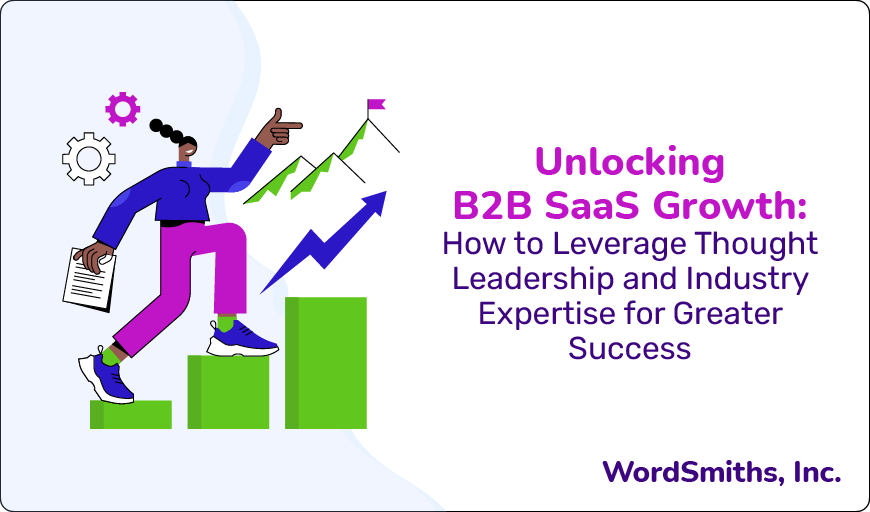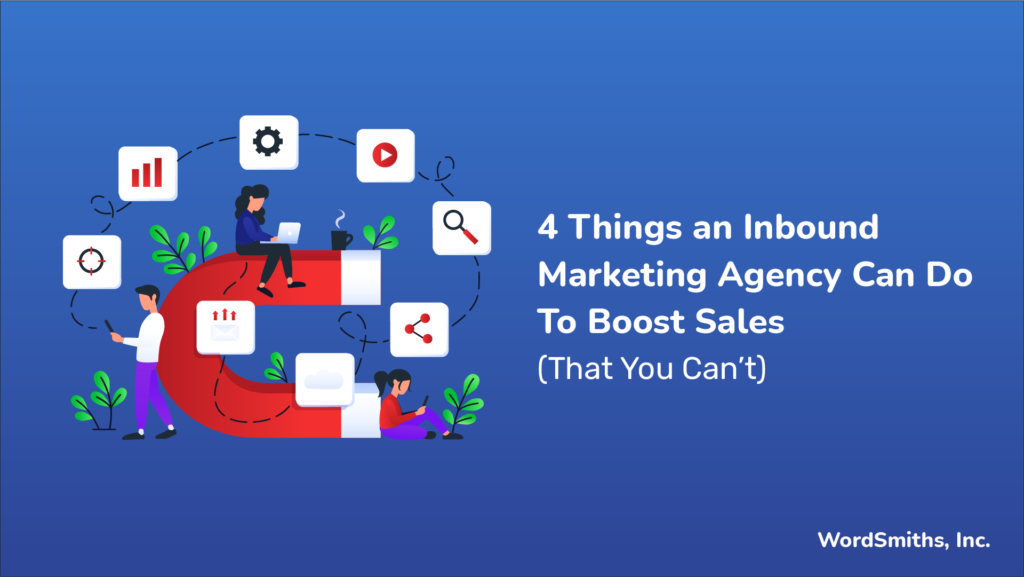
Echomarketing: Resonating with Your Audience and Amplifying Your Brand’s Message

As the digital world grows noisier by the day, marketers constantly seek innovative methods to cut through the clutter and create lasting relationships with their target audiences. Enter EchoMarketing, a fresh concept I’ve developed to address the need for a marketing strategy that truly resonates with customers, creating echoes of your brand’s message that reverberate throughout their interactions and experiences. In this comprehensive blog post, we’ll uncover the essence of EchoMarketing, explore how it sets itself apart from traditional branding, and provide practical steps for implementing it in your marketing strategy.
Table of Contents
- Introducing EchoMarketing: My Brainchild for a New Marketing Paradigm
- EchoMarketing vs. Traditional Branding: A Comparative Analysis
- Real-Life Examples of EchoMarketing: Brands That Resonate
- A Step-by-Step Guide to Implementing EchoMarketing in Your Strategy with the R.E.S.O.N.A.T.E. Framework
- The Future of EchoMarketing: Embracing Change and Evolving with Your Audience

Unlocking B2B SaaS Growth: How to Leverage Thought Leadership and Industry Expertise for Greater Success

Explore the power of thought leadership and industry expertise in driving B2B SaaS growth, and how WordSmiths, Inc. can help you establish authority in your niche.
TL;DR
Thought leadership and industry expertise are essential for B2B SaaS growth, as they help build credibility, trust, and authority. By leveraging content marketing, social media, and networking, your brand can become a go-to source for knowledge and insights. WordSmiths, Inc., a B2B SaaS content marketing agency, can help you unlock growth through thought leadership and industry expertise.
(more…)
The Secret to Reducing Churn: Crafting Compelling Content to Keep Your B2B SaaS Customers Engaged and Loyal

Uncover the secrets to creating content that keeps your customers engaged, reduces churn, and strengthens loyalty, with WordSmiths, Inc. leading the way.
TL;DR
Reducing churn in B2B SaaS companies is all about keeping customers engaged and loyal through compelling content. In this article, we’ll cover the key components of creating engaging content, including understanding your customers, developing a content strategy, optimizing for user experience, and monitoring engagement metrics. With WordSmiths, Inc. by your side, you’ll be well-equipped to create content that reduces churn and drives customer loyalty.
(more…)
Mastering the Art of Storytelling: How to Create Unforgettable Content for Your B2B Marketing Campaigns

TL;DR: Want to make your B2B marketing campaigns truly unforgettable? Time to tap into the magic of storytelling! Learn the secrets behind its effectiveness, explore storytelling structures that pack a punch, and discover how to weave your narrative across various marketing channels like blog posts, social media, and webinars. Get ready to charm your audience with the power of a good story!
(more…)
Maximizing Your SaaS ROI: The Top 5 Content Marketing Strategies You Can’t Ignore

Discover the most effective content marketing strategies for B2B SaaS companies and learn how WordSmiths, Inc. can help you skyrocket your return on investment.
TL;DR
Maximizing your SaaS ROI is all about implementing the right content marketing strategies. In this article, we’ll cover the top 5 content marketing strategies you can’t ignore, including creating valuable content, leveraging social media, guest blogging, email marketing, and using case studies. By applying these strategies and working with a content marketing agency like WordSmiths, Inc., you’ll be able to drive organic growth and skyrocket your return on investment.
(more…)
4 Things an Inbound Marketing Agency Can Do To Boost Sales (That You Can’t)

The last time I bought something after watching a TV commercial was in 1991: I was so mesmerized by the new “Cyndi Roller-Derby”, with her cute dress, tiny rollerblades, and shiny blonde locks, that I raced upstairs, raided my piggy bank and rushed out to the nearest toystore.
The last time I bought something after searching online and reading several reviews, articles, and FAQs was last week: I needed new pillows and, after a Google search for “the best pillows for stiff necks”, I found the perfect company who supplied me with the perfect pillows.
Traditional, intrusive outbound marketing tactics such as TV commercials, cold calls, paid ads, junk mail and billboards no longer work in this noisy, crowded marketplace we live in. Self-education and softer inbound marketing techniques such as FAQs, blogs, videos and customer reviews do work: Over 70% of consumers will make a decision to buy a product or service based on the content they’ve found, watched or read.
So, outbound is OUT and inbound is IN: But what type of inbound marketing content should you create? Where should you put it? And how do you get shoppers to see it?
(more…)
Content Map: Get the Right Content In Front of the Right People At The Best Time

I’ve just spent $18,199 on a Kawasaki ULTRA 310LX jet ski. And I live nowhere near the sea.
Why?!
Well. It started with a Facebook post advertising jet skis for sale.
Interest piqued (I’ve always wanted a jet ski), I then watched a video. Liking what I saw, I visited the Kawasaki website. Over the course of about two weeks, I consumed six blog posts, watched another three videos, read every single review I could find, and devoured the FAQ section.
Then, I bought it.
Ok, I might be slightly mad, but Kawasaki definitely isn’t.
(more…)
Case Study: How 1937 Hemp Store Turned Traffic into Sales With WordSmiths, Inc.

1937 Hemp Store is an eCommerce store that provides hemp products and botanically derived items to discerning health and beauty consumers.
As an eCommerce business traffic is valuable, but keeping that traffic around is even more so. 1937 Hemp Store needs to drive traffic to its website in a consistent stream and convert it when it arrives into sales.
Our job at WordSmiths, Inc. is to find ways to boost sales, starting with content.
(more…)
Case Study: How Idyoma Secured Downloads and Visibility With Wordsmiths, Inc.
Case Study: How Idyoma Secured Downloads and Visibility With Wordsmiths Inc